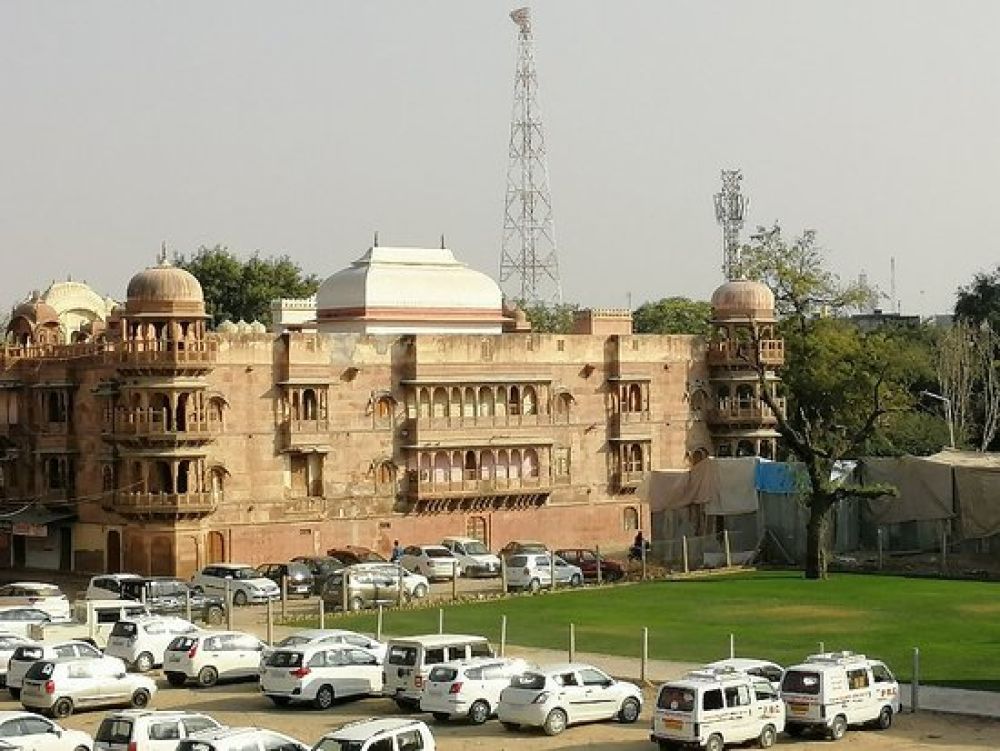

The Ratan Bihari Temple, located in the heart of Bikaner, Rajasthan, is an epitome of architectural brilliance and devotion. Constructed in the year 1846 by the 18th ruler of Bikaner, Maharaja Ratan Singhji, the temple is dedicated to Lord Krishna and his consort, Radha. Its design is influenced by the Rajputana architecture with Mughal aesthetics, making it a unique blend of artistic styles.
Historically, tourism at the Ratan Bihari Temple has been primarily driven by pilgrims and devotees who visited to seek the blessings of Lord Krishna. Over time, the temple has also attracted history buffs, architecture enthusiasts, and cultural tourists who come to admire its intricate carvings, stunning murals, and towering domes.
The temple’s vibrant festivities, especially during occasions like Janmashtami (the birthday of Lord Krishna), draw in crowds from across the globe, thereby contributing to the temple's tourism history. Tourists flock to see the elaborate decorations, participate in religious ceremonies, and witness the traditional performances that bring the mythological tales to life.
In recent years, with the advent of digital media and online travel platforms, the tourism trends around Ratan Bihari Temple have seen a remarkable shift. Here are some of the latest tourism trends associated with the temple:
The Ratan Bihari Temple continues to be a significant landmark in Bikaner’s tourism landscape. Its long history as a center of spirituality and its burgeoning popularity among diverse tourists contribute to its enduring appeal and significance in Rajasthan’s rich cultural tapestry.